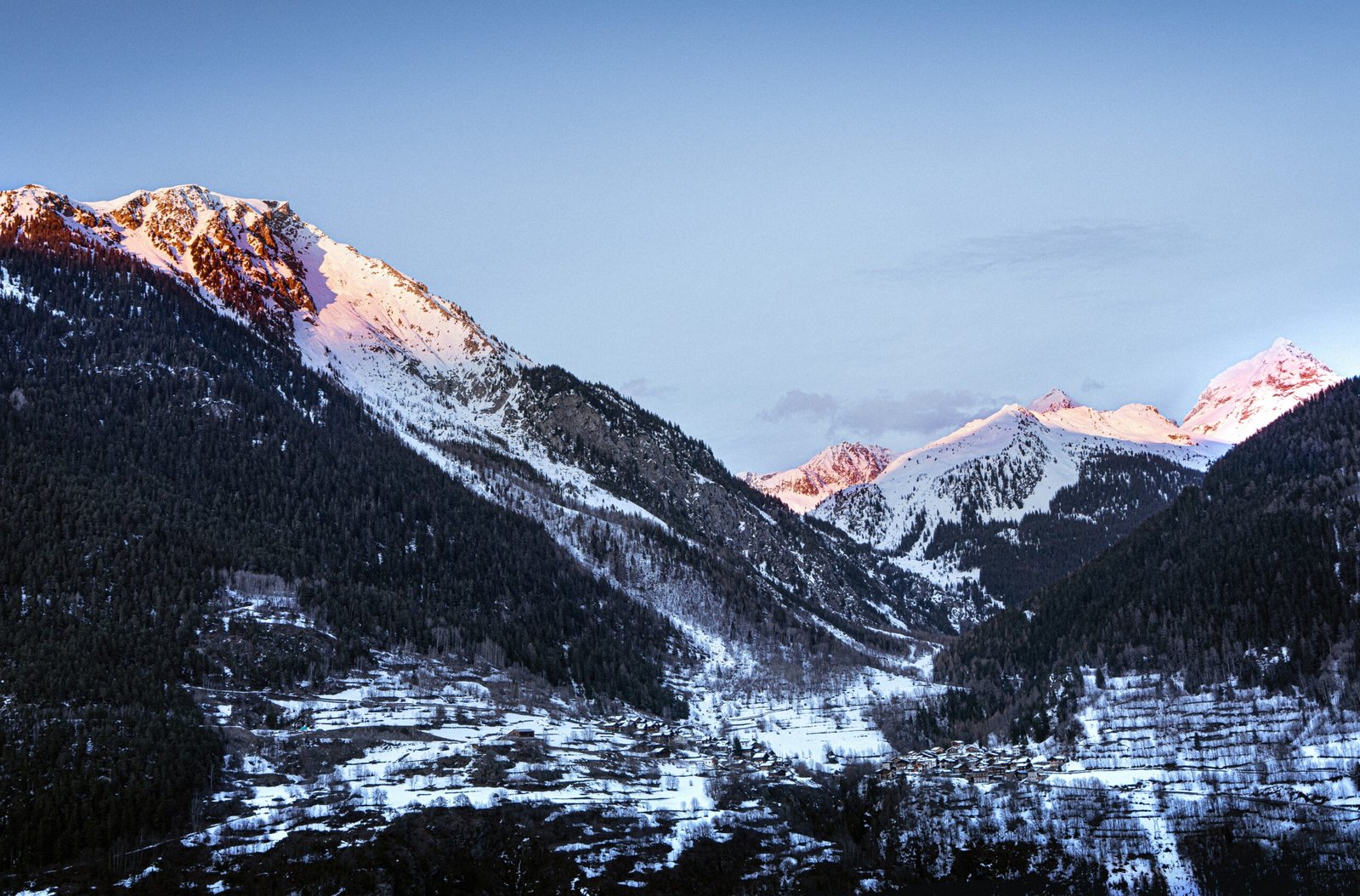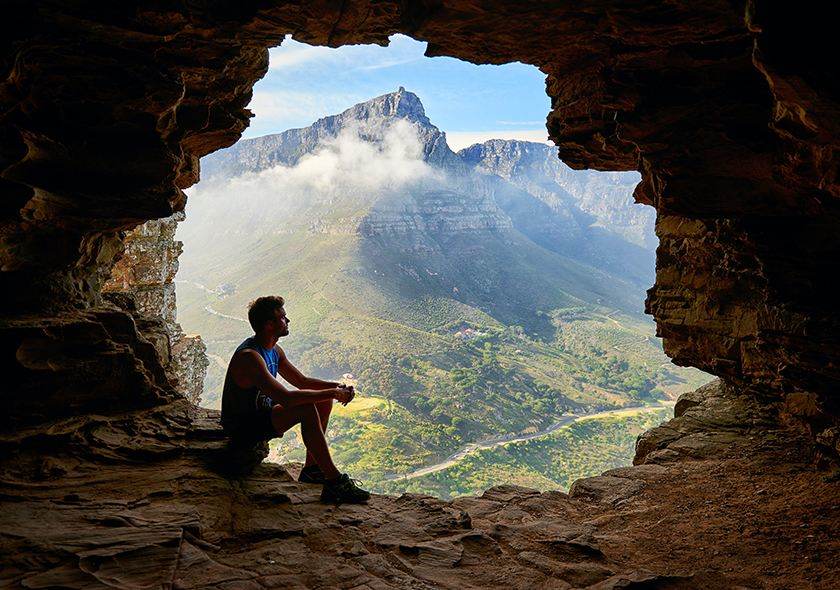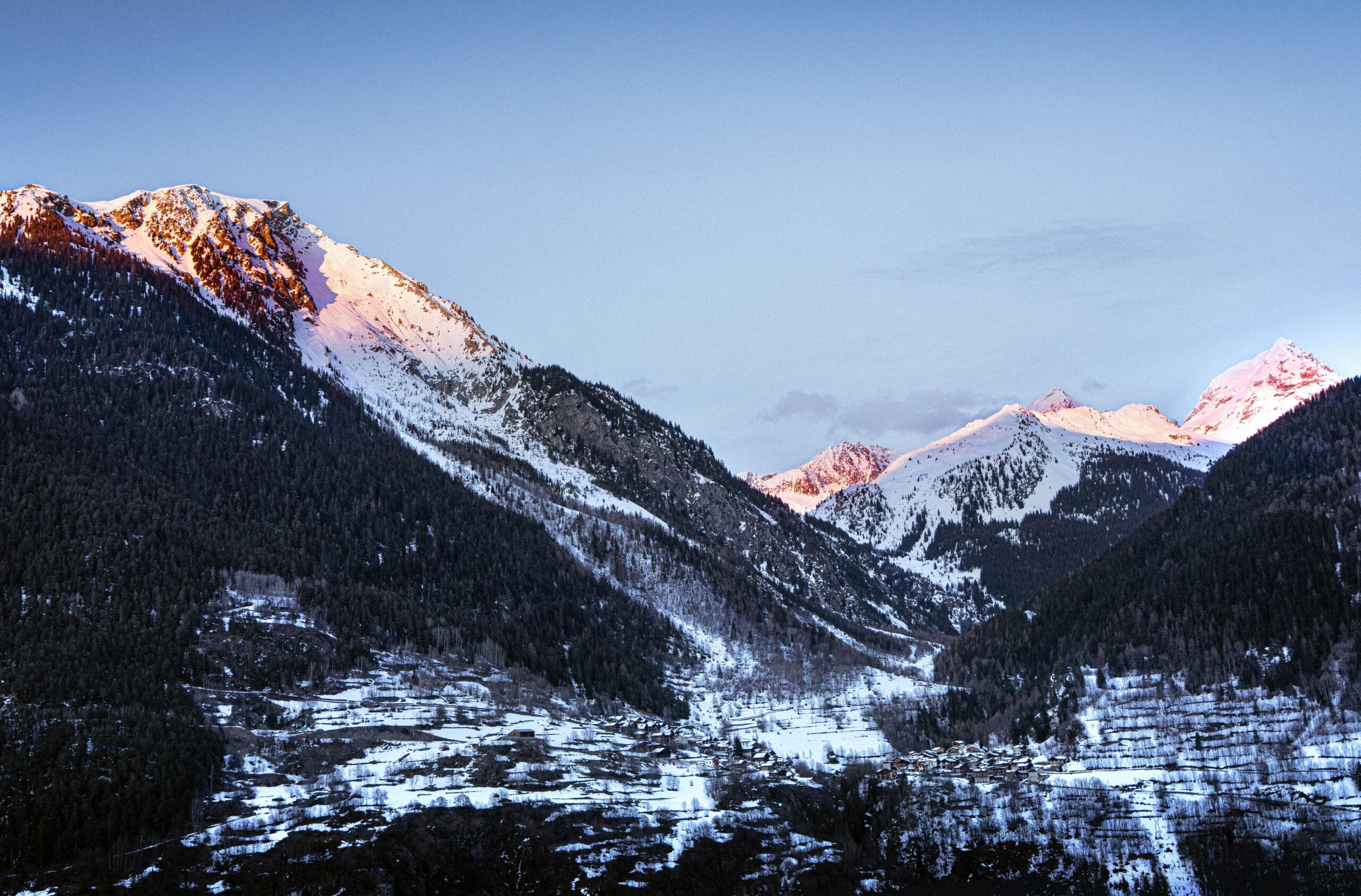The Ultimate Guide to Gaumukh Tapovan Trek

The Ultimate Guide to Gaumukh Tapovan Trek
Introduction to Gaumukh Tapovan Trek
The Gaumukh Tapovan Trek is a remarkable journey that marries both adventure and spirituality, offering trekkers an unparalleled experience in the Indian Himalayas. This trek derives its name from ‘Gaumukh,’ the cow-shaped snout of the Gangotri Glacier, and ‘Tapovan,’ a high-altitude meadow renowned for its lush pastures and panoramic vistas. Situated in the state of Uttarakhand, the trail spans from the sacred town of Gangotri, stretching across some of the most spectacular landscapes of the Garhwal region.
Adventure enthusiasts and pilgrims alike are drawn to the Gaumukh Tapovan Trek due to its dual appeal. For the spiritual seeker, the trek holds profound significance as it leads to the very source of the holy River Ganges. The reverence for this river, known as the lifeline of India, adds a layer of spiritual depth to the physical challenge. On the other hand, the trek’s natural allure is undeniable, featuring everything from dense forests and pristine streams to towering peaks like Shivling and Meru.
The best times to undertake the Gaumukh Tapovan Trek are from May to June and September to October. During these periods, the weather is relatively stable, offering clear skies and moderate temperatures, ideal for trekking. Monsoons, occurring from July to August, bring heavy rainfall, which can make the trail slippery and risky. Conversely, winters cloak the region in snow, rendering the path inaccessible for most trekkers.
When it comes to trail conditions, trekkers can expect well-defined paths up to Gaumukh. Post Gaumukh, the terrain becomes more rugged and steep, particularly when ascending towards Tapovan. Hence, a good level of fitness and preparation is advisable. As trekkers traverse this magnificent route, they are treated to breathtaking vistas of snow-clad mountains, making the challenges well worth the effort.
Preparation and Essential Gear
The Gaumukh Tapovan Trek is one of the most scenic yet challenging treks in the Indian Himalayas. As you plan for this adventure, proper preparation and the right gear become crucial for a successful and enjoyable experience. Let’s delve into the essentials you’ll need to ensure your trek goes smoothly.
Clothing: Layering is key when trekking in variable mountain climates. Start with moisture-wicking base layers, followed by insulating layers such as fleece or down jackets. Waterproof and windproof outer layers are also necessary to protect against inclement weather. Additionally, pack a hat, gloves, and warm socks to keep extremities warm. A good pair of trekking boots, preferably waterproof with ankle support, is indispensable.
Trekking Equipment: A sturdy backpack with a rain cover is critical for carrying your gear. Trekking poles can provide stability and reduce strain on your knees. Don’t forget a hydration system, whether it’s a water bladder or bottles, to stay hydrated. A headlamp with extra batteries, a multipurpose knife, and a compact sleeping bag suited to sub-zero temperatures should also be part of your gear.
First Aid and Essentials: A well-stocked first aid kit tailored to potential ailments like blisters, altitude sickness, minor cuts, and digestive issues is vital. Include any personal medications as well. Sunscreen, lip balm, a high-SPF sunhat, and sunglasses with UV protection are needed to shield you from the harsh sun at high altitudes.
Physical Fitness: Given the strenuous nature of the trek, focus on aerobic conditioning, strength training, and flexibility exercises. Activities such as long-distance hiking, running, and climbing are beneficial. Cardiovascular fitness is particularly important, as high altitudes can be taxing on your lungs and heart.
Trekking Permits: Securing the necessary permits is mandatory. The Gangotri National Park, through which part of the trek runs, requires permits obtainable from the District Forest Office in Uttarkashi or the Park Gate at Gangotri. Ensure you have multiple copies of your identification documents, passport-sized photographs, and permits.
By adhering to these guidelines, you can be well-prepared for the Gaumukh Tapovan Trek, allowing for both safety and enjoyment as you traverse through one of the most awe-inspiring landscapes in the Himalayas.
Trekking Route and Important Milestones
The Gaumukh Tapovan trek offers trekkers an extraordinary blend of natural beauty, spiritual significance, and challenging terrains. Starting from the holy town of Gangotri, the trek spans multiple milestones, each presenting unique landscapes and experiences. The initial stretch from Gangotri to Bhojwasa covers approximately 14 kilometers. This part of the journey is relatively moderate with a well-defined path that winds through pine forests and alongside the Bhagirathi River. The trek to Bhojwasa typically takes about 5 to 6 hours, offering views of the majestic Sudarshan Parbat and occasional glimpses of wildlife.
Bhojwasa, sitting at an altitude of 3,775 meters, is an essential acclimatization point. It’s the last settlement where trekkers can find basic accommodation and supplies. The landscape here begins to transition, with vegetation thinning out and the terrain becoming rockier. From Bhojwasa, trekkers embark on a 4-kilometer journey to Gaumukh, the source of the revered Ganges River. This segment, though shorter, is more demanding due to the rocky paths and gradual increase in altitude. Gaumukh Glacier, perched at 4,000 meters, is a sight to behold, embodying both natural wonder and cultural reverence.
The final leg from Gaumukh to Tapovan spans approximately 5 kilometers but is regarded as the most challenging part of the trek. The trail involves navigating up the Gaumukh Glacier, through moraines, and requires careful footing as well as stamina. Versed trekkers often take 3 to 4 hours to cover this stretch. Tapovan, situated at 4,463 meters, unveils an expansive meadow surrounded by lofty peaks, including Mount Shivling and the Bhagirathi Sisters. The panoramic views, serene environment, and the high-altitude flora make Tapovan a reward for the arduous journey.
Given the high altitudes encountered on the Gaumukh Tapovan trek, altitude sickness is a genuine concern. It’s crucial to acclimatize properly by spending adequate days at key stopovers such as Bhojwasa. Staying hydrated, ascending slowly, and recognizing symptoms of altitude sickness can significantly aid in mitigating risks. For a safe and enjoyable trekking experience, it’s also recommended to consult with local guides who are well-versed in the nuances of the terrain.
Safety Tips and Sustainable Trekking Practices
Embarking on the Gaumukh Tapovan trek requires careful preparation to ensure the safety of all participants. Firstly, it is highly recommended to hire local guides who are familiar with the terrain and weather conditions. Their expertise can provide invaluable insights, helping you navigate safely through challenging parts of the trail. Always stick to marked trails and avoid taking shortcuts, as this not only ensures your safety but also helps preserve the fragile environment.
Understanding emergency procedures is crucial. Carry a detailed map of the trek, a fully charged mobile phone with emergency contacts, and a basic first aid kit. Familiarize yourself with signs of altitude sickness, which can affect trekkers given the high altitudes on this route. Symptoms such as headaches, dizziness, or nausea should not be ignored; descending to a lower altitude can alleviate these issues. Inform someone about your itinerary and expected return to ensure assistance if needed.
Equally important is adopting sustainable trekking practices to preserve the pristine beauty of the Gaumukh Tapovan region. Adhering to Leave No Trace principles is essential. This includes packing out all waste, not just your own but any litter you may encounter. Respecting local wildlife and communities is another vital aspect. Maintain a safe distance from wildlife to avoid disturbing their natural habitat. Engage with local communities respectfully, seeking permissions where necessary and supporting local economies by purchasing locally made products.
Lastly, be mindful of your water usage and try to minimize the use of single-use plastics. Carry a reusable water bottle and use purification tablets or a portable water filter to ensure you have safe drinking water without contributing to plastic waste. By taking care of your own safety and acting responsibly towards the environment and local communities, you can ensure that the Gaumukh Tapovan trek remains a cherished experience for future adventurers.
All Categories
Recent Posts
Top 10 Things to Do Before Going for Dayara Bugyal Trek
The Ultimate Guide to Gaumukh Tapovan Trek
Tags



